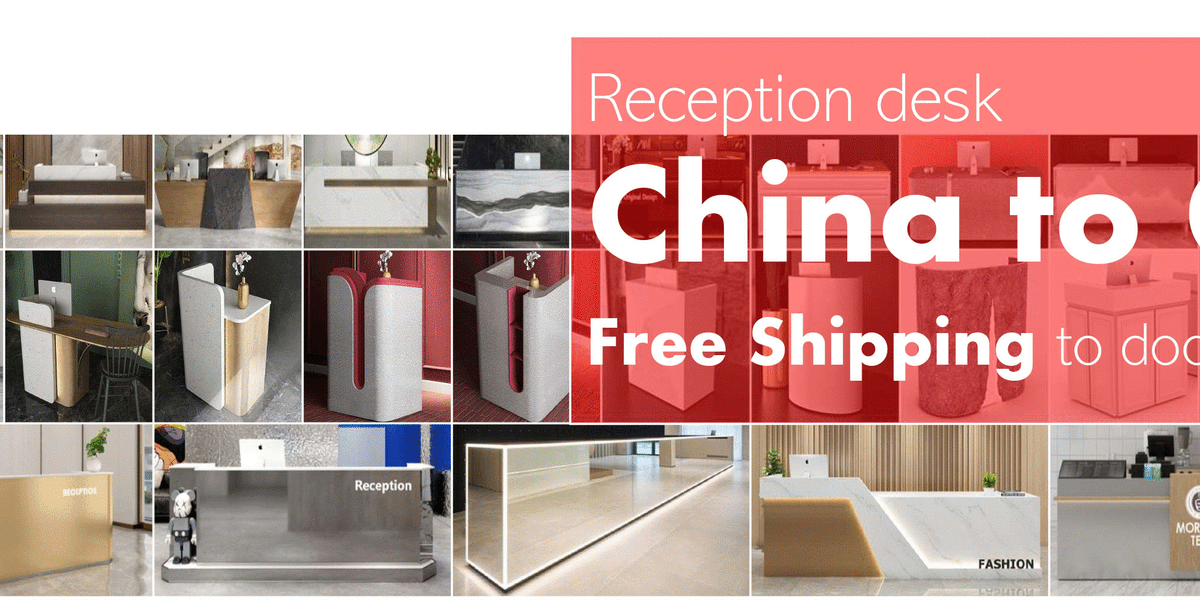Stepping In, Speeding Up: The First 7 Seconds
You walk in after work, water bottle in hand, and the line at the front counter already feels like a workout. Reception Desks set the tone before a single rep. Research shows most guests judge a space in seven seconds, and average lobby waits push past two minutes in busy studios. That’s the gap a smarter gym reception desk can close—fast. Out here on the West Coast, we like things smooth and chill (but we still care about throughput). So ask yourself: if your welcome zone sets the vibe, why do we accept awkward bottlenecks, messy cables, and confusing wayfinding?

Data tells a simple story: when queue length hits five people, abandonment spikes; when the transaction flow is under 30 seconds, satisfaction soars—funny how that works, right? The trick is less about fancy furniture and more about flow design, low-friction check-in, and ADA-friendly layouts that actually move people. We’re comparing what works and what drags, from screen placement to payment latency, because the difference between a good entry and a great one is measured in seconds, not speeches. Let’s unpack where the friction hides and how to fix it—without overbuilding the lobby.
The Hidden Friction at the Gym Front Desk
Where’s the real bottleneck?
Let’s get technical for a minute. The front desk fails when the system does, not the staff. Most stalls come from poor cable management, slow POS handshakes, and layout misses that fight natural movement. Edge computing nodes that cache membership data cut lookup time by half. PoE switches power scanners and RFID readers without bulky bricks. And clean low-voltage runs keep devices stable, which means fewer “hold on, it just froze” moments. Look, it’s simpler than you think: place scanners where arms naturally move, set the swipe zone at ADA height, and route lines so arrivals don’t cross exits.

Traditional fixes often miss the human layer. If a counter has sharp corners, members dodge it. If the screen glare hits, they angle sideways, slowing the line. If receipts print behind the associate, you get extra pivots per transaction. Over an hour, those micro-delays stack. Add payment latency from flaky power converters, and your queue management system becomes a queue maker. Material choices matter too: antimicrobial laminate keeps cleaning quick, while a solid-surface ledge with a 34-inch clear space maintains ADA compliance without crowding. The signal is clear: optimize the transaction path, not just the furniture form.
What’s Next: Principles That Modernize the Welcome
Forward-looking doesn’t mean futuristic for show; it means predictable speed with less effort. Modular power rails and PoE let you re-zone devices overnight—no drywall surgery. A compact u shaped reception desk can stage three micro-stations: self-check-in, membership help, and retail. Each station runs on the same network spine, so if one node hiccups, the others keep flowing. Pair occupancy sensors with your queue management rules and you can auto-open a new lane when dwell time climbs past 45 seconds—and yes, it actually matters. The result is shorter lines, a cleaner sightline from door to weight floor, and staff focused on coaching, not troubleshooting.
Compare old vs. new on principles, not hype. Old school: one monolithic counter, shared devices, and long reach paths. New school: zoned touchpoints, mirrored devices to reduce turn time, and glare-free screens set at a 15-degree tilt. Old school: extra steps for every receipt. New school: digital receipts; printers only where they’re needed. Old school: back-of-desk rat’s nest. New school: labeled low-voltage wiring, color-coded cable routes, and maintenance in minutes—funny how that works, right? To choose well, use three metrics: 1) Time to first check-in under 20 seconds during peak; 2) ADA clearance and touchpoint reach verified at plan review; 3) Resilience score—can you keep 80% throughput if one device fails? Keep those tight, and your welcome stays easy, repeatable, and calm. For deeper spec ideas and layout thinking, see M2-Retail’s work at M2-Retail.
